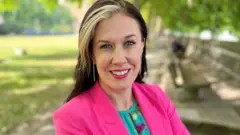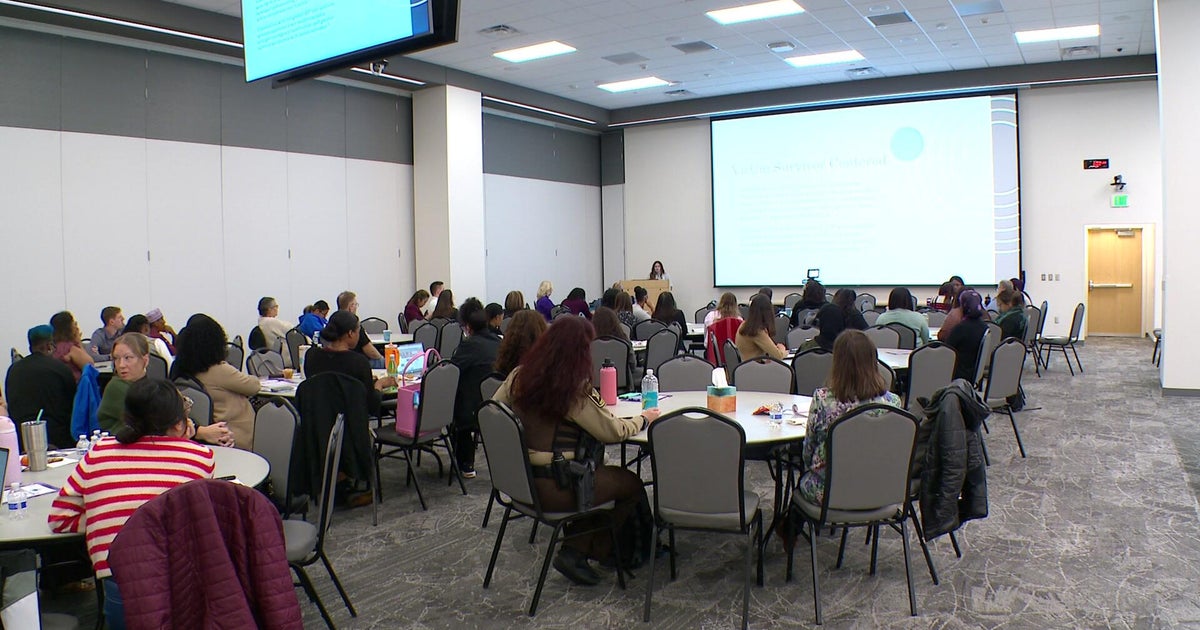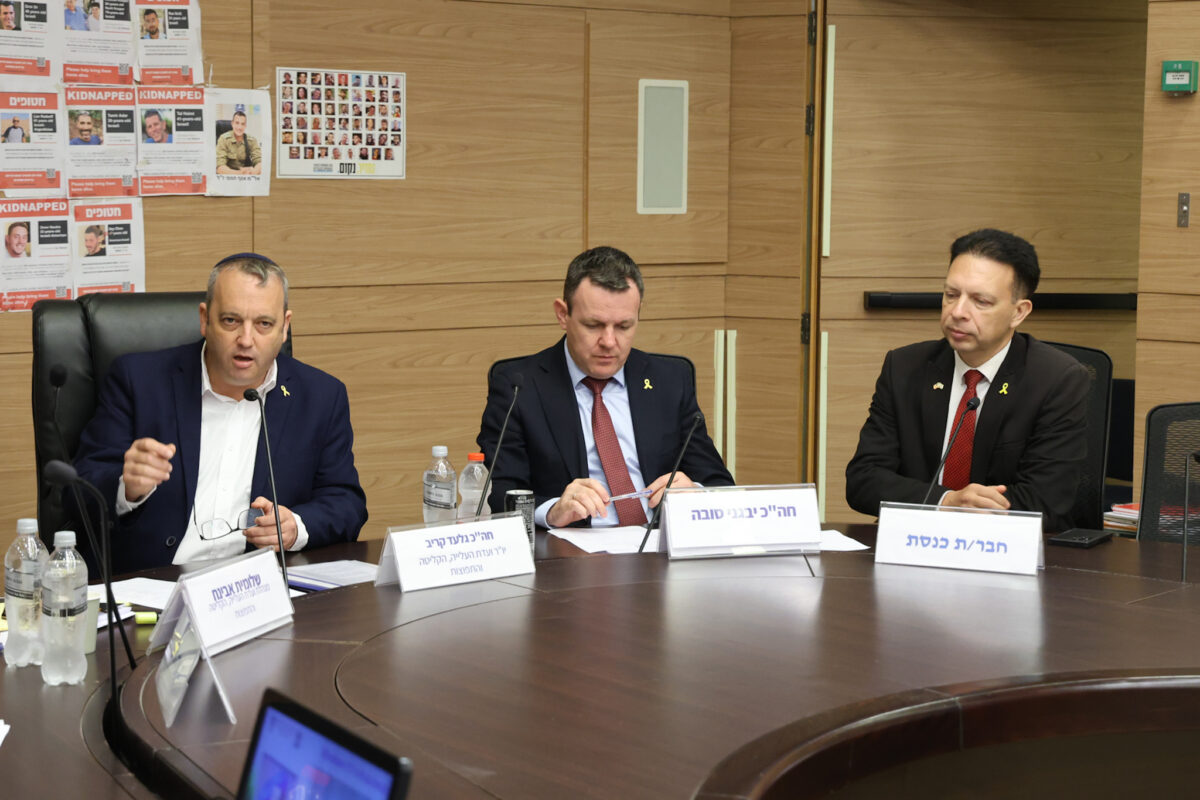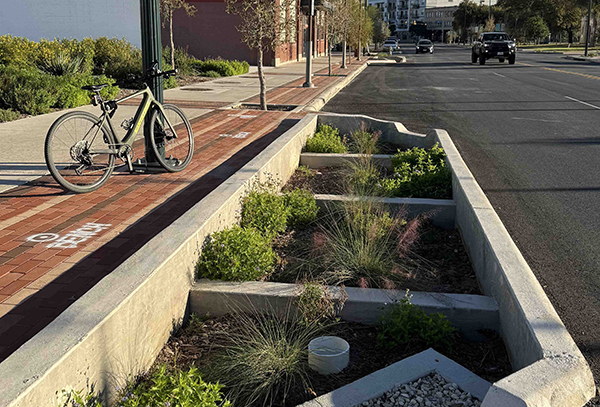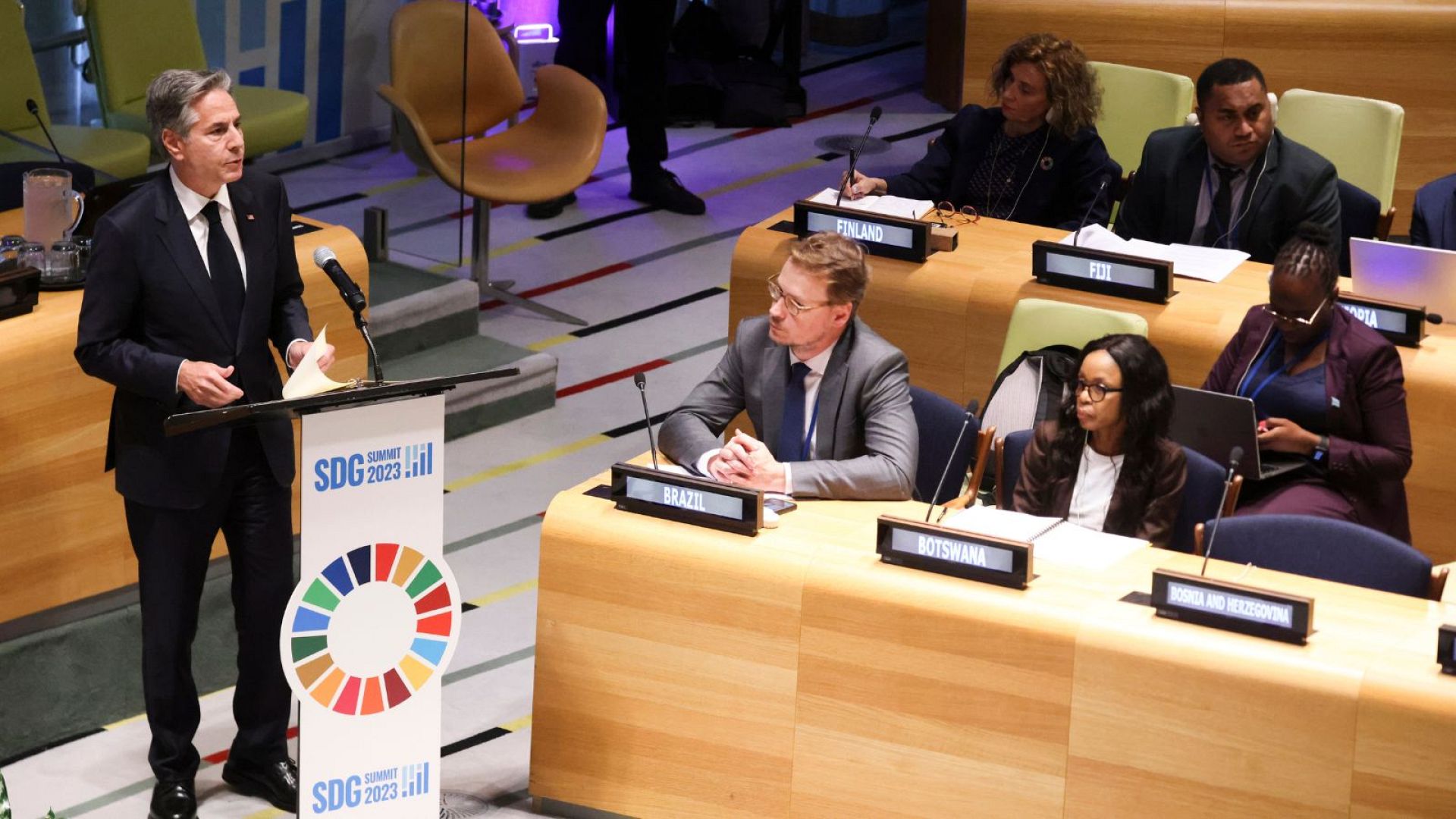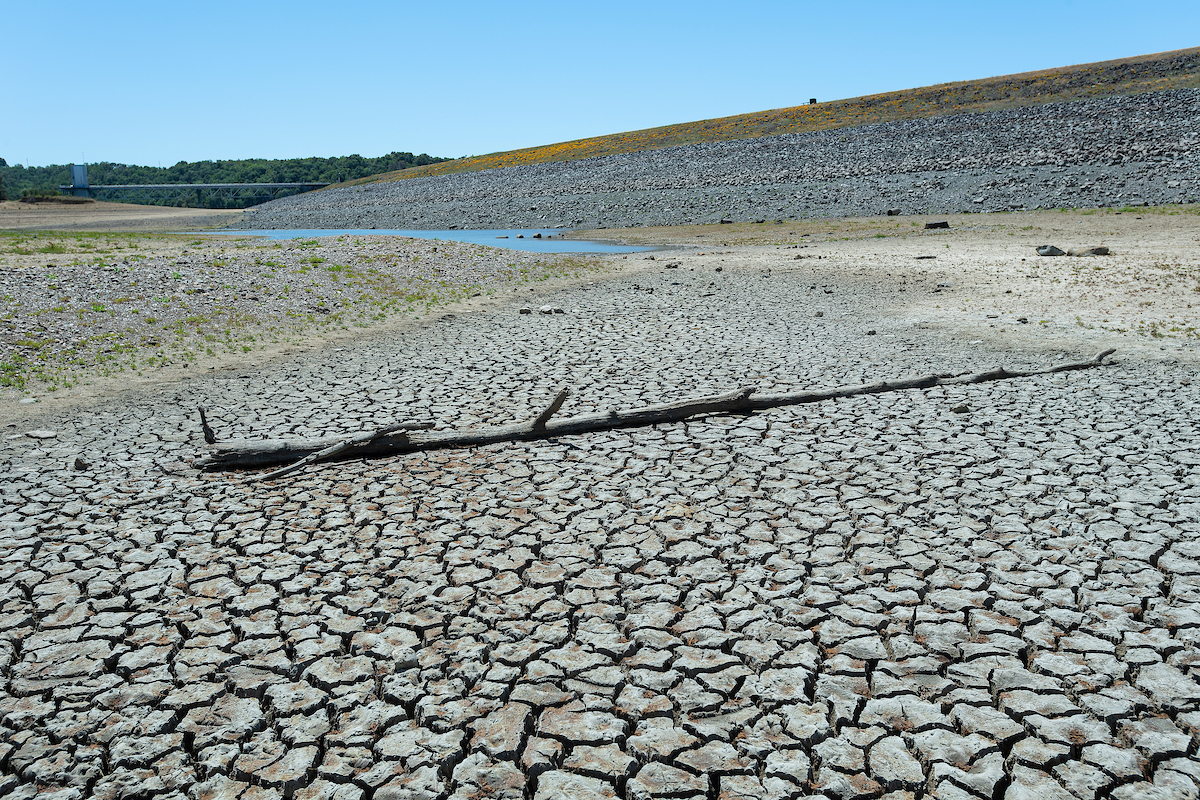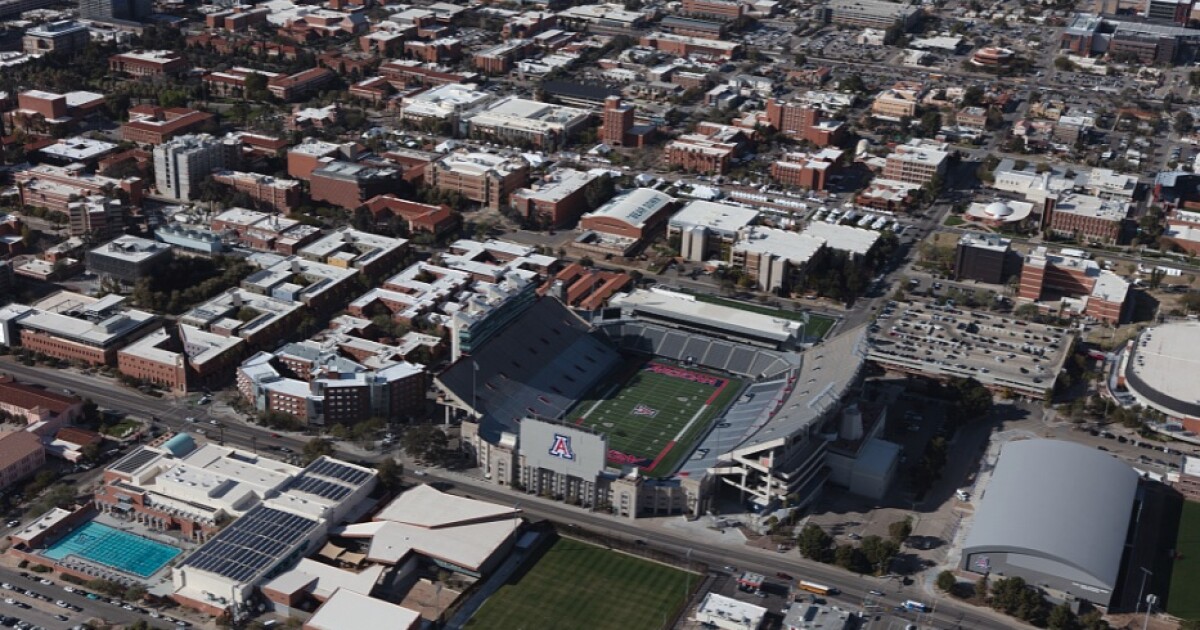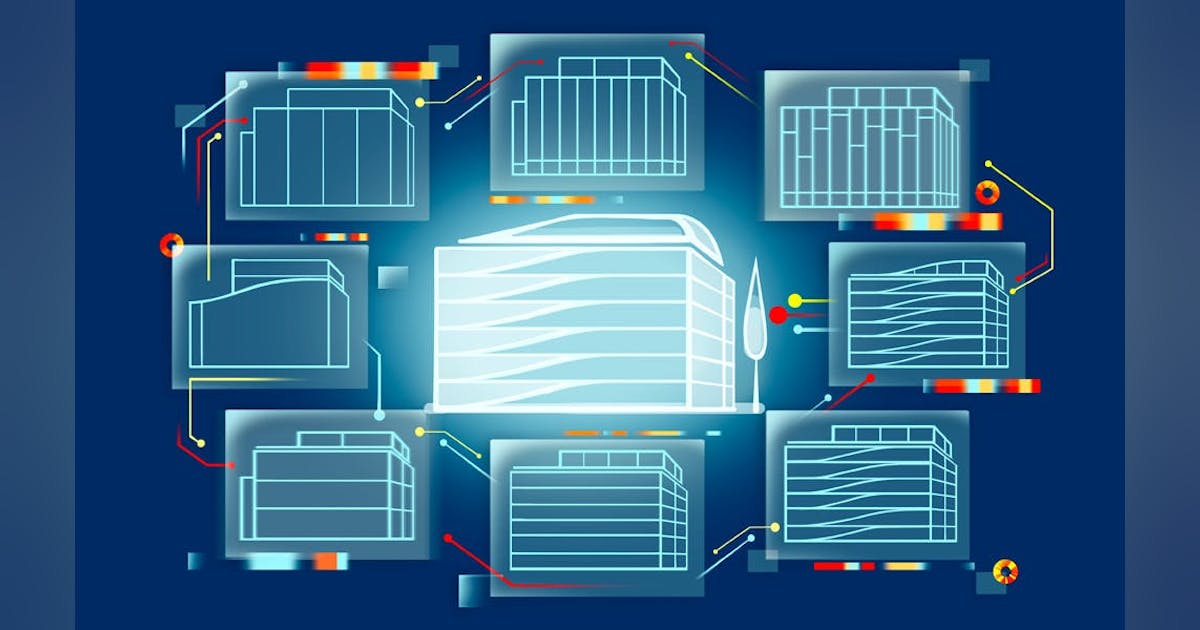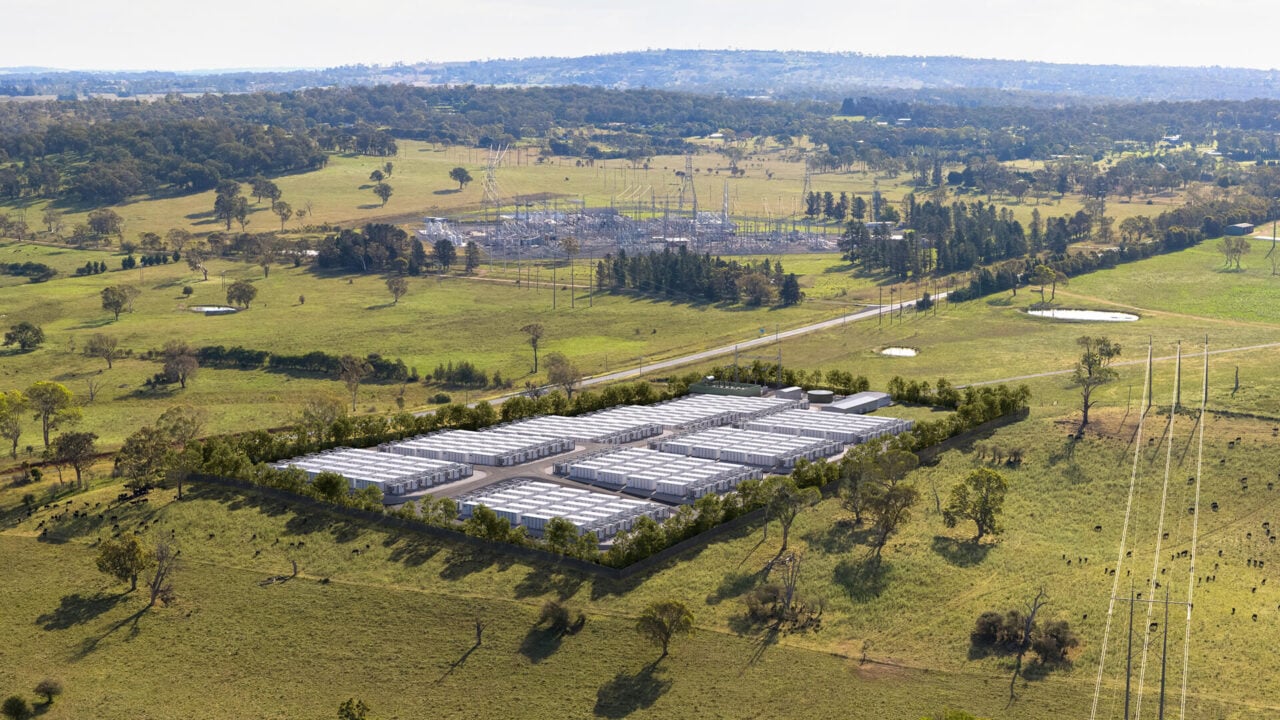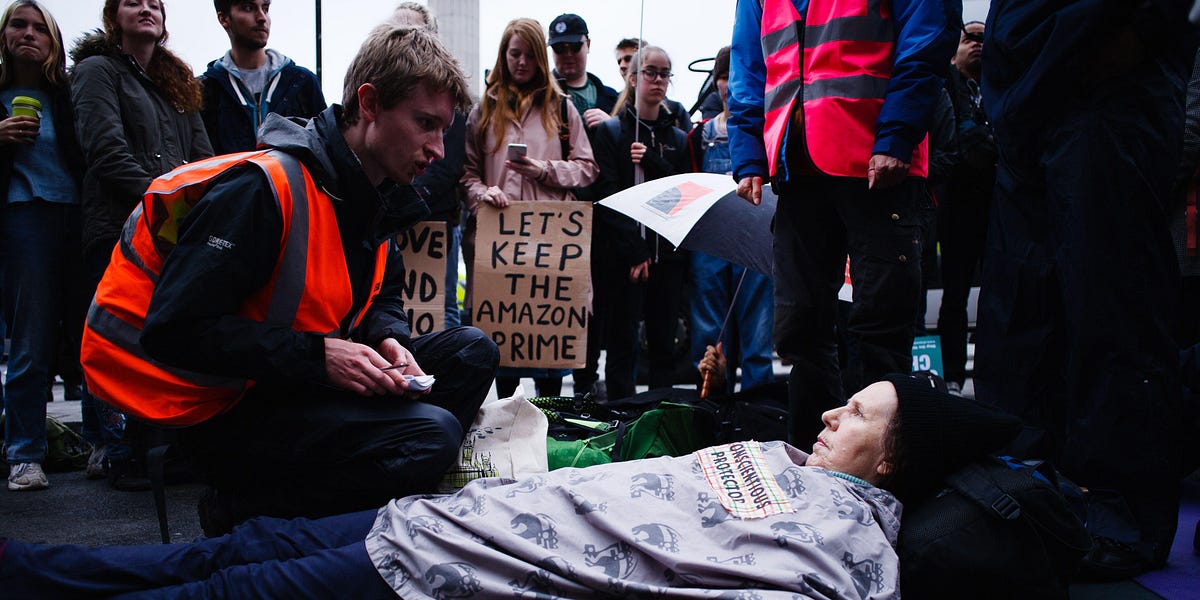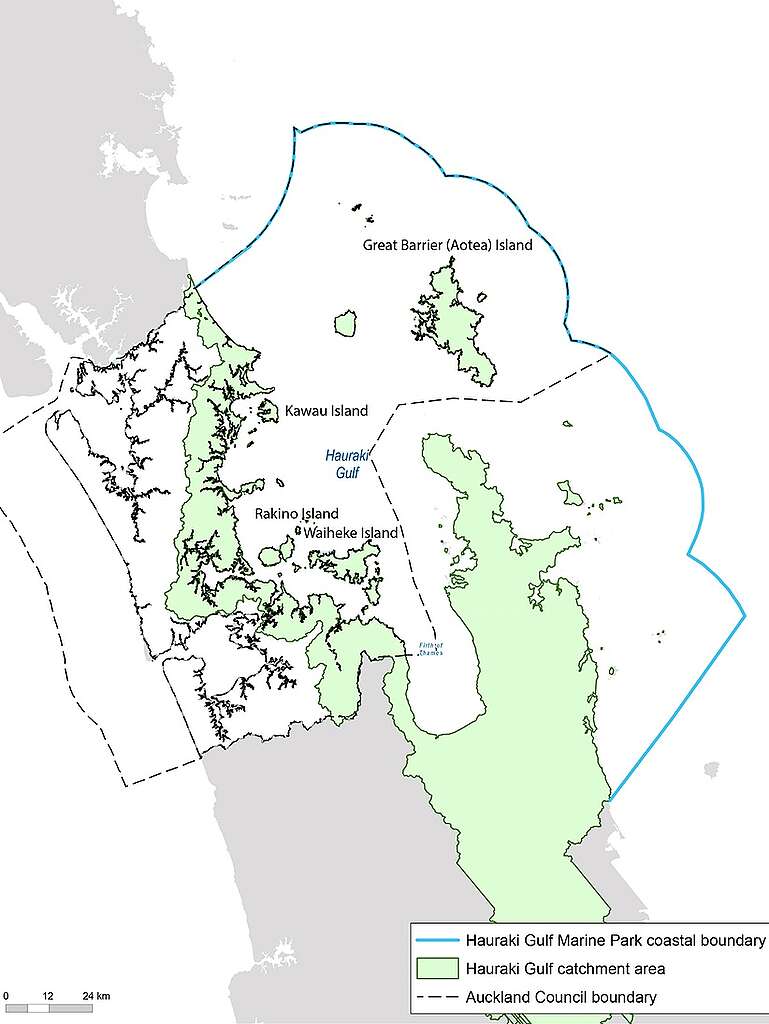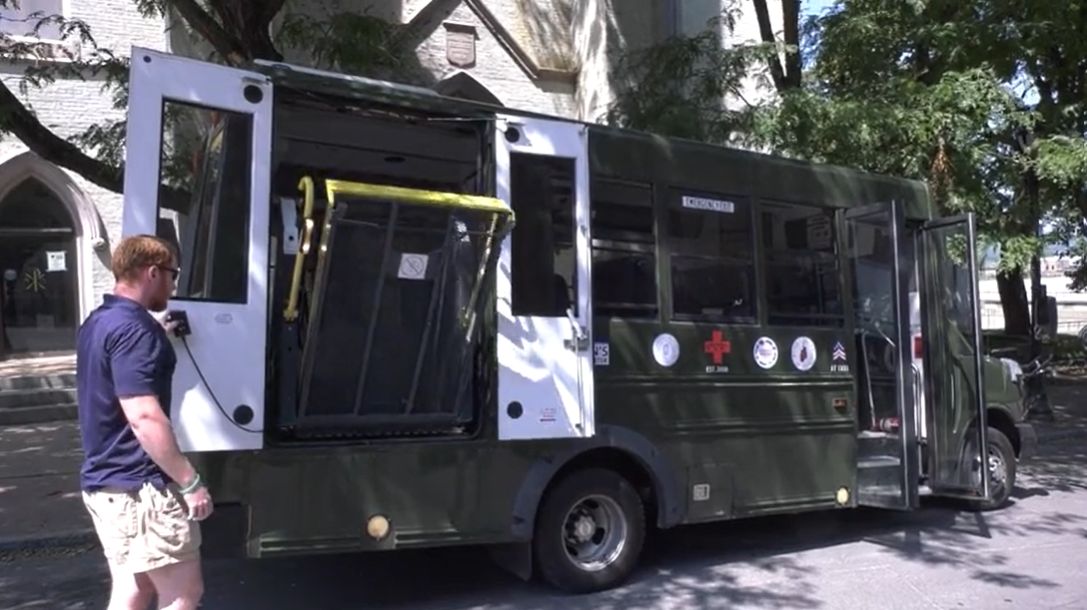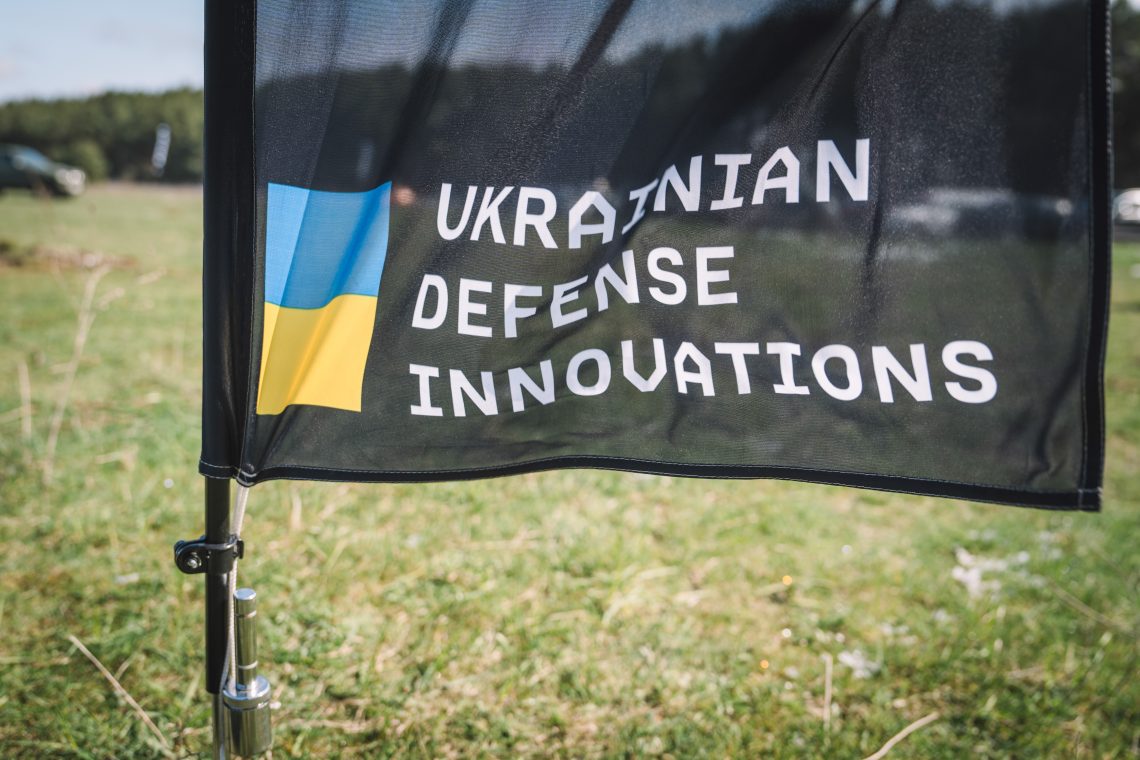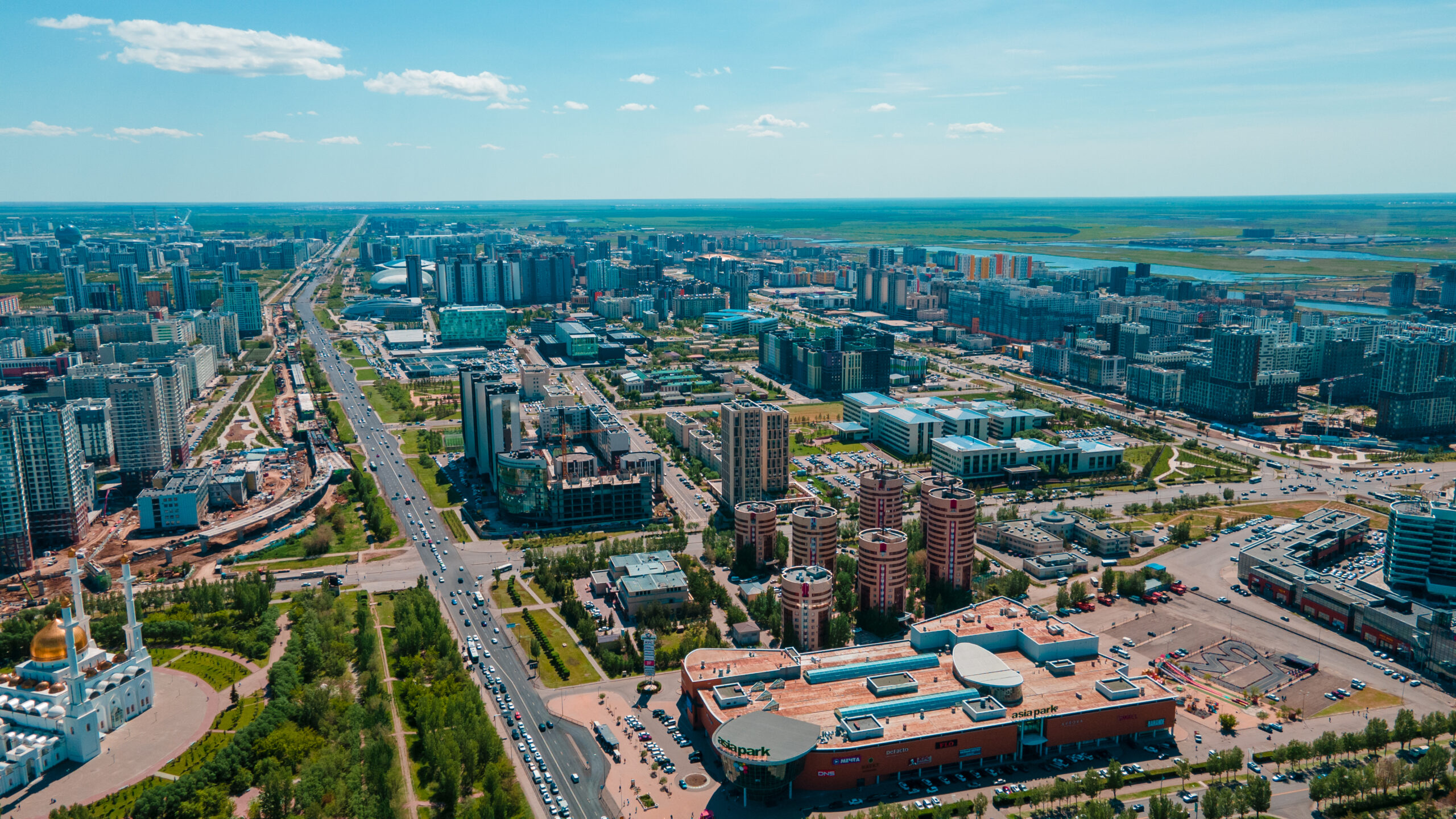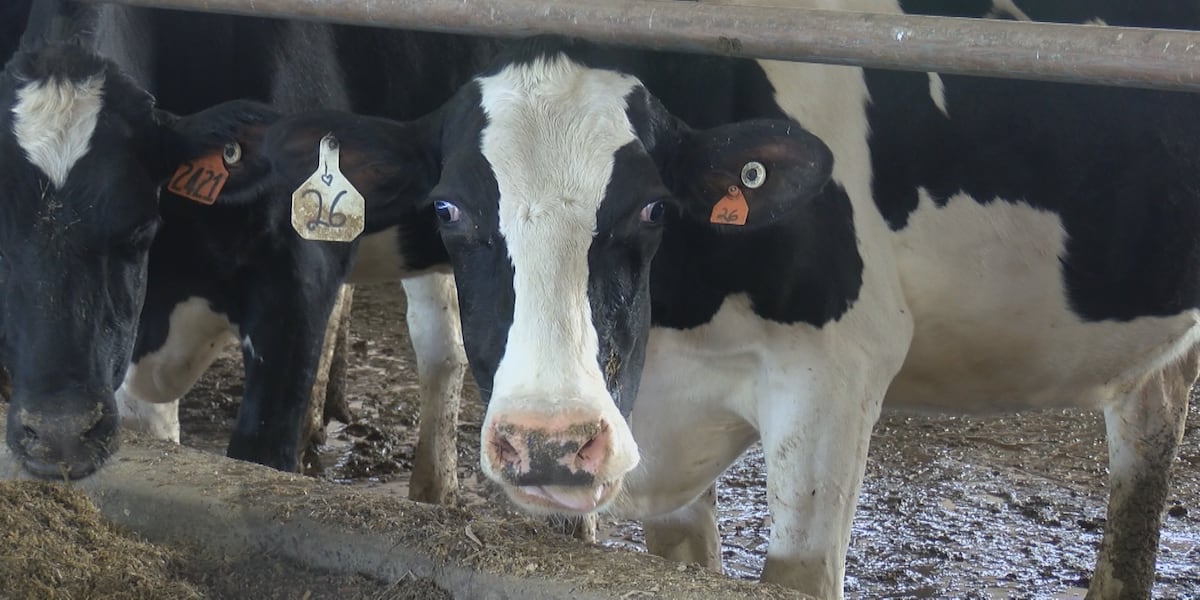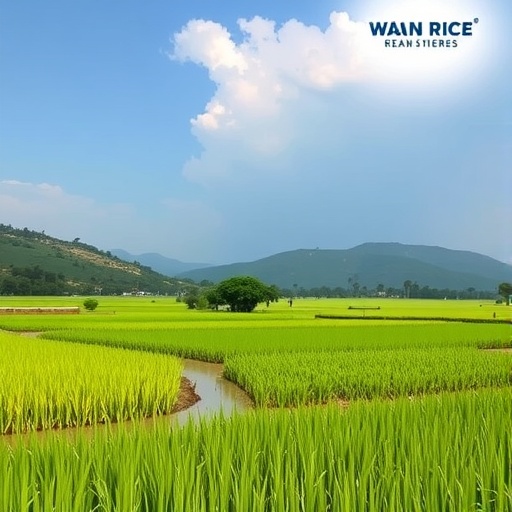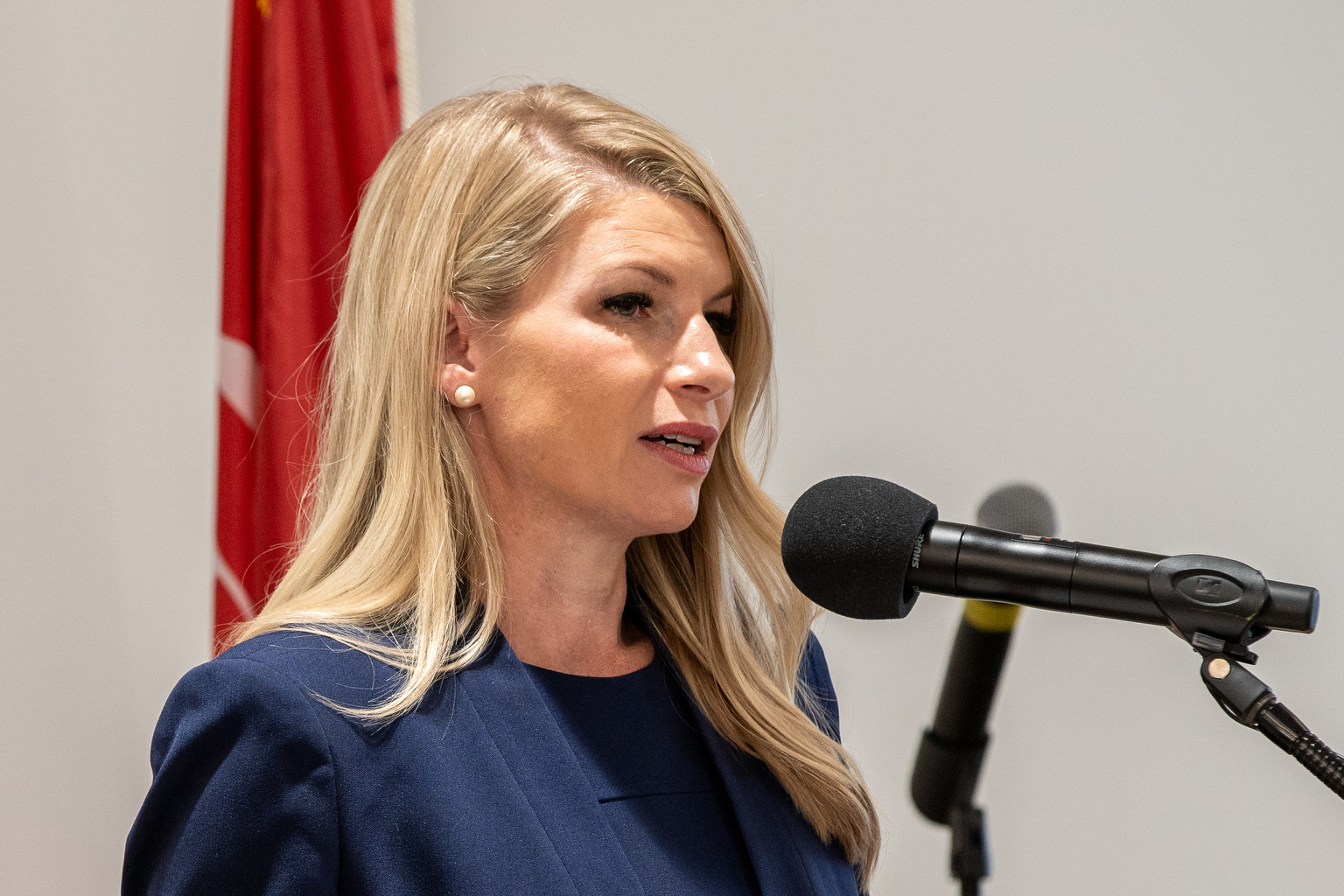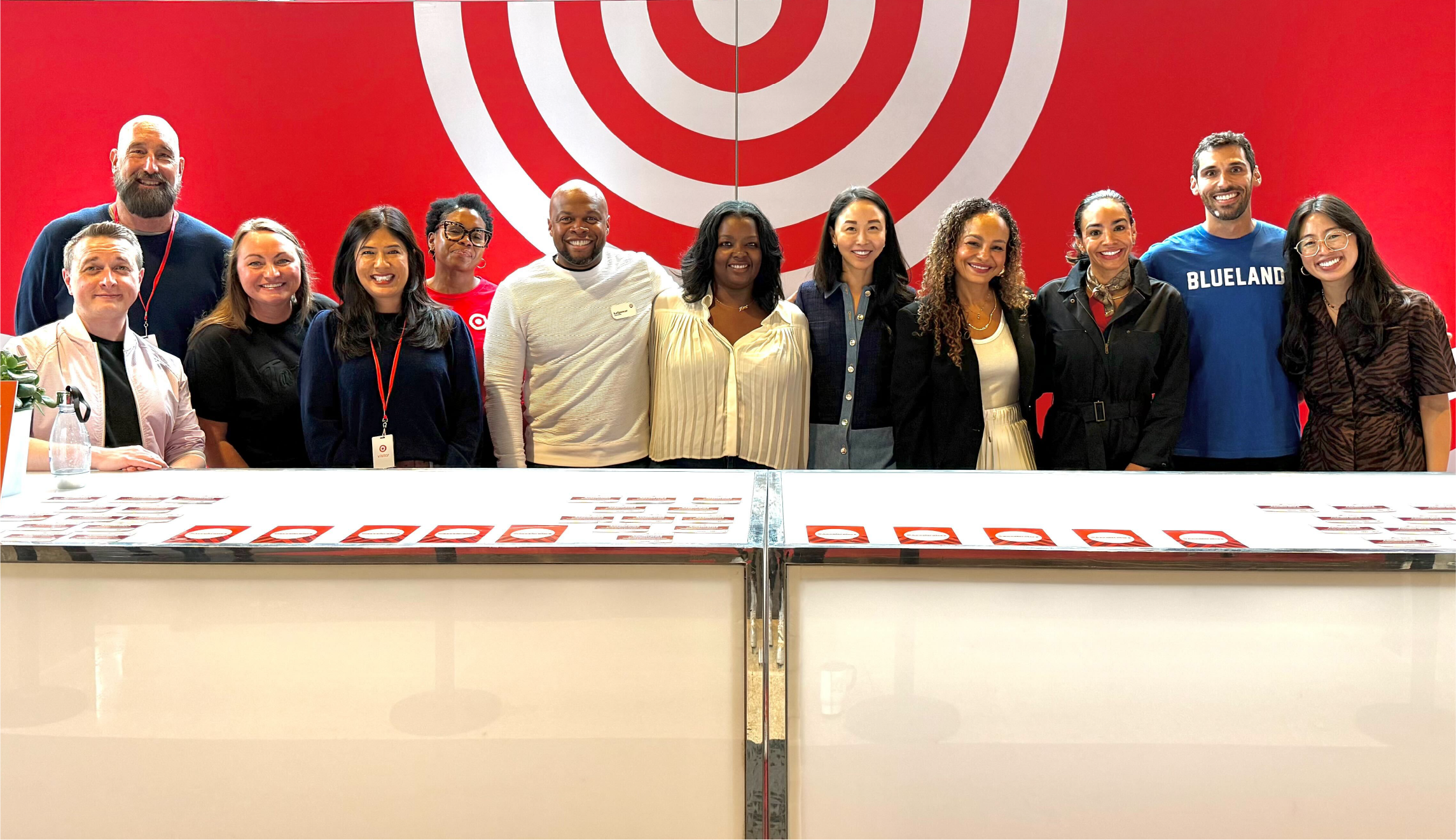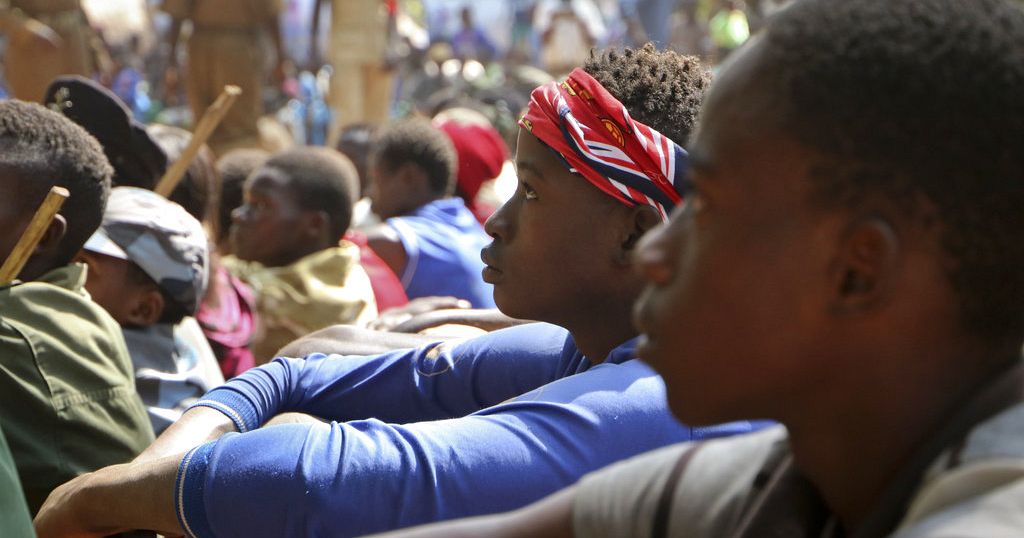Valuing the Great Green Wall economic benefits with the Inclusive Wealth Index approach – Nature


Report on the Economic Valuation of the Great Green Wall Initiative Using the Inclusive Wealth Index Framework
Introduction
The Sahel region in Africa faces severe land degradation and desertification, exacerbated by climate change and poverty, threatening the livelihoods of approximately 135 million people dependent on rain-fed agriculture. In response, eleven African nations launched the Great Green Wall (GGW) initiative aiming to restore 100 million hectares of degraded land by 2030, sequester 250 million tons of carbon, and create 10 million rural jobs. This initiative aligns closely with the United Nations Sustainable Development Goals (SDGs), particularly SDG 13 (Climate Action), SDG 15 (Life on Land), and SDG 1 (No Poverty).
Objectives
- Assess the net economic value of the GGW initiative using the Inclusive Wealth Index (IWI) framework.
- Compare the growth of human capital (HC), produced capital (PC), and natural capital (NC) between GGW and non-GGW countries.
- Project the future trajectory of NC and IWI under different GGW success scenarios.
The Great Green Wall Initiative and Sustainable Development Goals
The GGW initiative is a Pan-African ecosystem management project designed to combat desertification and environmental degradation by establishing an 8,000 km barrier of trees across Sahelian countries. It promotes sustainable dryland management, habitat restoration, and water retention systems, contributing directly to several SDGs:
- SDG 13 (Climate Action): Carbon sequestration efforts help mitigate climate change.
- SDG 15 (Life on Land): Restoration of degraded ecosystems supports biodiversity and sustainable land use.
- SDG 8 (Decent Work and Economic Growth): Creation of 10 million rural jobs fosters economic development.
- SDG 1 (No Poverty): Enhancing livelihoods through improved land productivity and employment opportunities.
Methodology
Inclusive Wealth Index Framework
The study employs the IWI framework developed by the United Nations Environment Programme (UNEP) to measure long-term national productivity by accounting for three types of capital:
- Human Capital (HC): Valued based on education levels and lifetime earnings.
- Produced Capital (PC): Infrastructure and physical assets valued through investment and depreciation analysis.
- Natural Capital (NC): Includes renewable ecosystems and non-renewable fossil fuel resources, valued using shadow pricing methods.
The IWI is considered an indicator of sustainability, with growth indicating sustainable development consistent with SDG 12 (Responsible Consumption and Production).
Data and Analysis
- Historical data from 1992 to 2019 for 40 African countries, including GGW participants, were analyzed.
- Natural capital was estimated using remote sensing data on land cover and ecosystem services.
- Human and produced capital were estimated based on labor force education, income, and infrastructure investment.
- Synthetic Control Method (SCM) was applied to control for inherent differences between GGW and non-GGW countries.
- Projections to 2030 were made under scenarios of full and partial achievement of GGW goals, accounting for trade-offs in capital investments.
Results
Inclusive Wealth Composition in Africa
- Africa’s total IWI increased from USD 211 billion in 1992 to USD 270 billion in 2019.
- Human capital dominated the wealth composition in 2019, accounting for 71%, followed by renewable natural capital at 19%, non-renewable natural capital at 6%, and produced capital at 3%.
- The share of renewable natural capital declined from 31% in 1992 to 19% in 2019, highlighting environmental degradation challenges.
Comparative Growth Between GGW and Non-GGW Countries
- GGW countries experienced an average annual IWI growth of 1.3%, lower than the 3.11% growth in non-GGW countries.
- Renewable natural capital grew by 0.1% annually in GGW countries, compared to a 0.06% decline in non-GGW countries, indicating positive environmental investment efforts aligned with SDG 15.
- Human and produced capital expanded in all countries, emphasizing the importance of investments in education and infrastructure (SDG 4 and SDG 9).
Projections to 2030 Under GGW Scenarios
- Full Success Scenario: Restoration of 156 million hectares leads to a 3.1% annual growth in renewable natural capital in GGW countries, with overall IWI growth at 1.1%, slower than non-GGW countries (2.9%).
- Partial Success Scenario (50% achievement): Renewable natural capital grows by 1.8%, and IWI growth is 1.3%, with less negative trade-offs on human and produced capital.
- Investment in natural capital under the GGW may reduce growth in human and produced capital unless supplemented by external funding.
Investment Trade-offs and Financial Implications
- Funding the GGW initiative by reallocating resources from human and produced capital investments may slow economic growth, posing a challenge to achieving SDG 8 (Decent Work and Economic Growth).
- External financial assistance is critical to balance ecological restoration with sustained economic development.
- Estimated total investment required exceeds USD 76 billion, surpassing current international pledges, emphasizing the need for increased global support aligned with SDG 17 (Partnerships for the Goals).
Discussion
- Wealth Composition and Policy Implications: The dominance of human capital in Africa’s wealth underscores the need to integrate natural capital accounting into policy frameworks to promote sustainable development consistent with SDG 12 and SDG 15.
- Environmental Challenges: Declining renewable natural capital in many countries highlights urgency for ecosystem restoration, aligning with SDG 15 targets.
- Investment Prioritization: Governments face incentives to prioritize human and produced capital investments due to faster economic returns, which may hinder GGW progress without external funding.
- Socioeconomic Benefits: GGW activities contribute to poverty alleviation and food security, supporting SDG 1 and SDG 2 (Zero Hunger).
Conclusions
- The GGW initiative offers significant potential to enhance natural capital and contribute to sustainable development in the Sahel region.
- Historical data shows GGW countries have improved natural capital but lag in overall wealth growth compared to other African nations.
- Achieving GGW goals requires substantial investment, and self-funding by GGW countries may slow economic growth due to trade-offs with human and produced capital.
- External financial support and strategic investment balancing are essential to realize the GGW’s benefits without compromising economic development, in line with the SDGs.
- Future research should address data limitations and further explore the distribution of benefits among local communities, nations, and global stakeholders.
Data Availability
The datasets analyzed in this study are available from the corresponding author upon reasonable request, subject to permissions from funding agencies.
1. Sustainable Development Goals (SDGs) Addressed or Connected
- SDG 1: No Poverty
- The article discusses economic limitations faced by Sahelian populations and the creation of 10 million jobs in rural areas through the GGW initiative, addressing poverty alleviation.
- SDG 2: Zero Hunger
- The Sahel’s reliance on rain-fed agriculture and the impact of desertification on food security are highlighted, linking to SDG 2.
- SDG 8: Decent Work and Economic Growth
- The creation of jobs and the focus on sustainable economic growth through investment in human, produced, and natural capital relate to SDG 8.
- SDG 13: Climate Action
- The GGW initiative aims to combat desertification and sequester carbon, addressing climate change mitigation.
- SDG 15: Life on Land
- Restoration of degraded land, combating desertification, and sustainable land management are core to SDG 15.
- SDG 17: Partnerships for the Goals
- The article mentions international funding, multi-stakeholder collaboration, and the need for external financial assistance, linking to SDG 17.
2. Specific Targets Under the Identified SDGs
- SDG 1: No Poverty
- Target 1.2: Reduce poverty by creating 10 million jobs in rural areas through the GGW initiative.
- SDG 2: Zero Hunger
- Target 2.4: Ensure sustainable food production systems and implement resilient agricultural practices to combat desertification impacts.
- SDG 8: Decent Work and Economic Growth
- Target 8.3: Promote development-oriented policies that support productive activities and decent job creation.
- Target 8.4: Improve resource efficiency in consumption and production.
- SDG 13: Climate Action
- Target 13.1: Strengthen resilience and adaptive capacity to climate-related hazards and natural disasters.
- Target 13.2: Integrate climate change measures into national policies and strategies.
- SDG 15: Life on Land
- Target 15.3: Combat desertification, restore degraded land and soil, including land affected by desertification, drought, and floods.
- Target 15.1: Ensure conservation, restoration, and sustainable use of terrestrial ecosystems.
- SDG 17: Partnerships for the Goals
- Target 17.3: Mobilize additional financial resources for developing countries from multiple sources.
- Target 17.16: Enhance the global partnership for sustainable development.
3. Indicators Mentioned or Implied to Measure Progress
- Inclusive Wealth Index (IWI)
- Measures long-term national productivity by accounting for changes in human capital (HC), produced capital (PC), and natural capital (NC).
- Used to assess sustainability and economic benefits of the GGW initiative.
- Natural Capital Indicators
- Area of restored land (hectares) – e.g., 100 million hectares targeted by 2030.
- Growth rates of renewable natural capital (e.g., 0.1% annual growth in GGW countries).
- Carbon sequestration amounts (e.g., 250 million tons of carbon).
- Land cover changes measured by remote sensing data (ESA CCI land cover product).
- Human Capital Indicators
- Educational attainment (average years of formal education).
- Working population and income levels.
- Produced Capital Indicators
- Infrastructure investment and capital stock estimated via perpetual inventory method.
- Economic Indicators
- GDP and investment returns compared to opportunity costs of investing in natural capital.
- Job creation numbers (e.g., 335,000 jobs created as of 2019).
- Progress Achievement Rates
- Percentage of GGW goals achieved (e.g., 2.31% of land restoration goal achieved as of 2019).
4. Table of SDGs, Targets, and Indicators
| SDGs | Targets | Indicators |
|---|---|---|
| SDG 1: No Poverty | Target 1.2: Reduce poverty by creating 10 million rural jobs through GGW. |
|
| SDG 2: Zero Hunger | Target 2.4: Sustainable food production and resilient agricultural practices. |
|
| SDG 8: Decent Work and Economic Growth |
|
|
| SDG 13: Climate Action |
|
|
| SDG 15: Life on Land |
|
|
| SDG 17: Partnerships for the Goals |
|
|
Source: nature.com

What is Your Reaction?
 Like
0
Like
0
 Dislike
0
Dislike
0
 Love
0
Love
0
 Funny
0
Funny
0
 Angry
0
Angry
0
 Sad
0
Sad
0
 Wow
0
Wow
0


